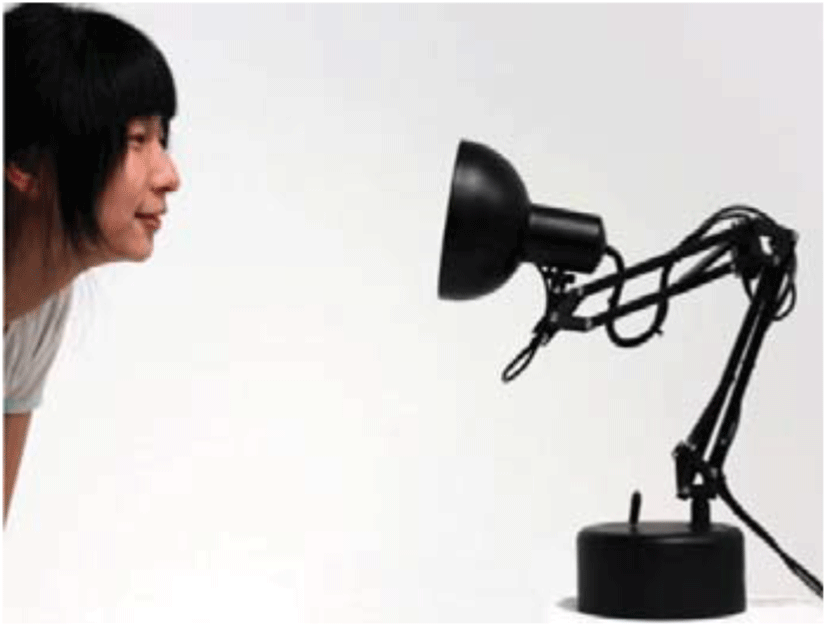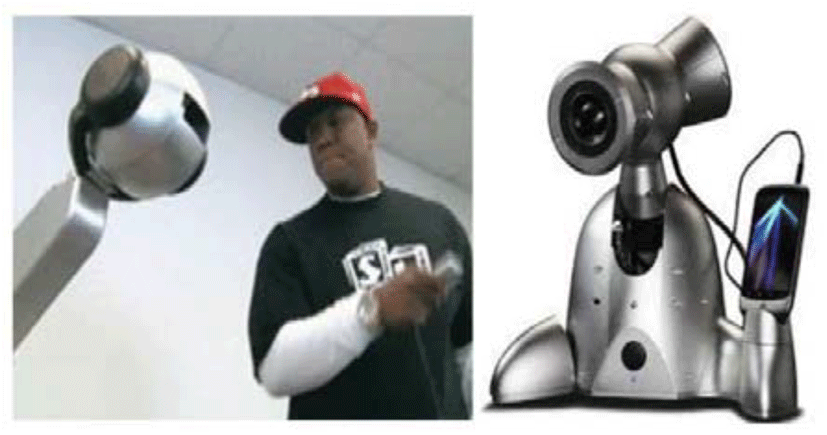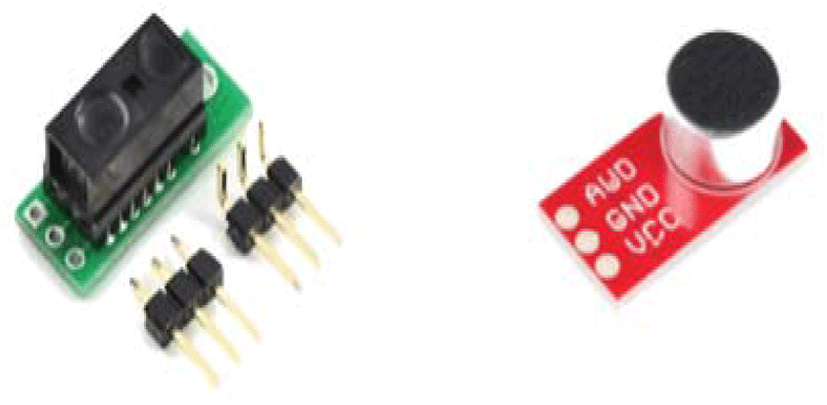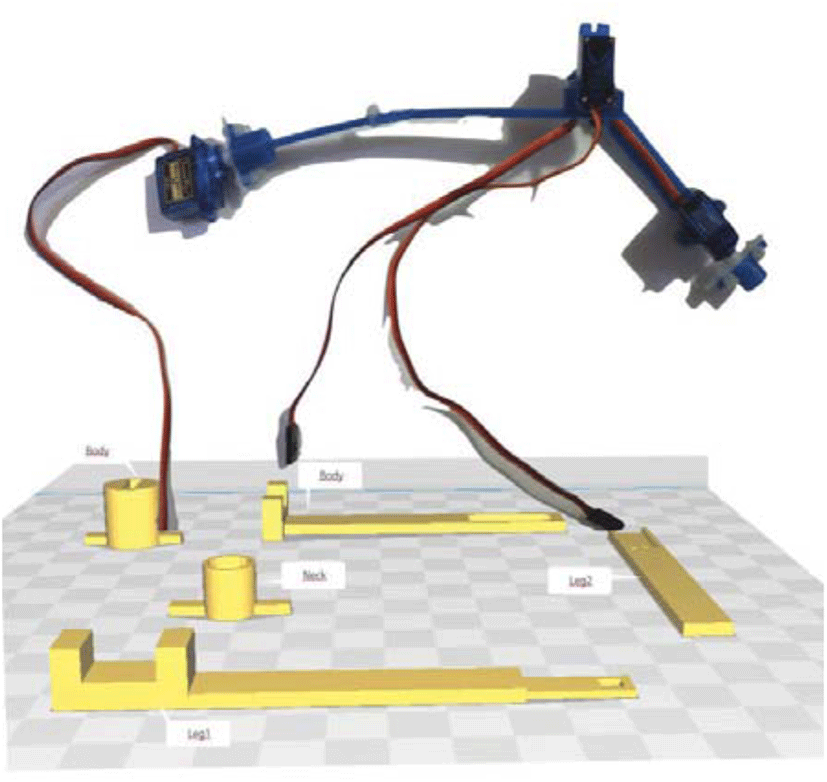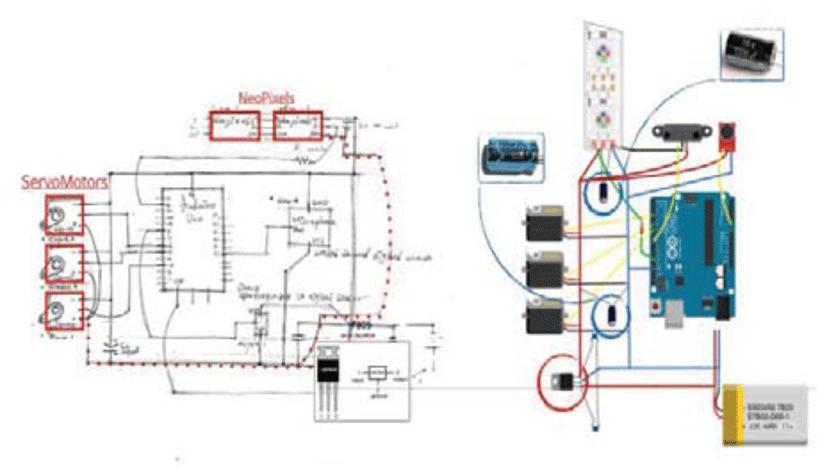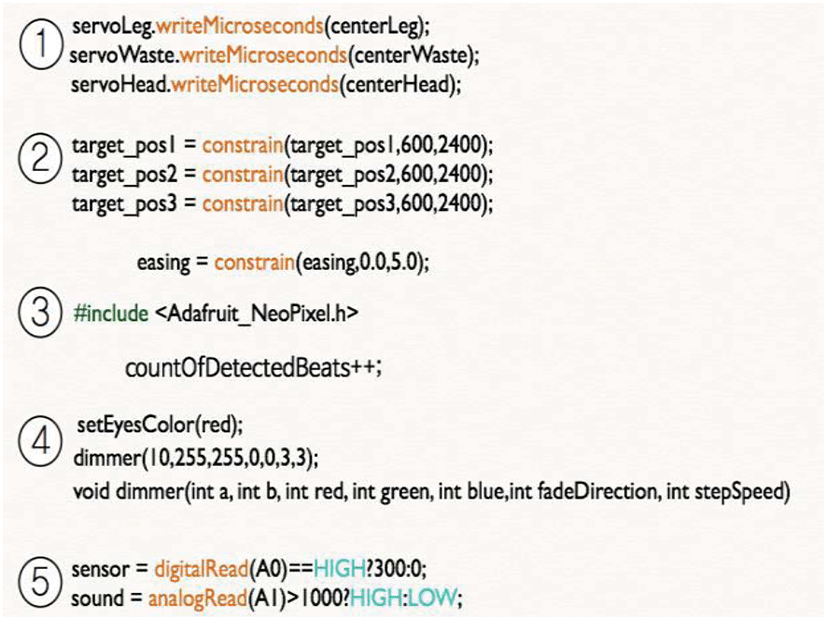I. INTRODUCTION
It was thought that objects are equal partners of human beings with their own way of being undergoing outbreak and considered technical activities as a cultural intermediary that can communicate and regulate human society up and down [1]. According to Gilbert Simondon, the problem of alienation created from the relationship between man and technology arose from the human-machine relationship, which did not match with the level of technology development. The technical objects were generated and embodied as individual beings in the internal and external networks and became an object as a mode of existence by making relationship with humans and with the world in their individual structure or mode of operation, and is increasingly subject to the way they exist in relation to the world [2].
This study begins with the interest in communication with digitized objects based on the technical philosophy of Simondon. The study of emotional objects, a technical object for emotional interaction between humans and objects, is the human’s visual approach to objects in our future age where all objects communicate. It can be an opportunity to examine both the value of human being as a material that mediates virtual and reality.
Regarding Nicholas Negroponte’s “Digital Revolution toward Bit World,” Professor William Mitchell pointed out that ‘Bit, which emerged as an information revolution, killed a physical city, a symbol of the space revolution’.
At present, we live in the structure of a world where virtual reality and actual reality coexist. Accordingly, the writer approached the negative narrative between virtual space and physical space in the digital world through story telling on emotional expression objects and tried to make digitized object a cultural mediator as a viable organism.
In the ultra-connection culture, objects can also be personified by intelligence software and regarded as viable organisms, and can become friends of humans through making friends. Emotional objects that generate emotions in this study were produced as prototypes based on the study on color and movements according to the status of human emotions. They express their emotional states as a color change of light and various movements based on a multiple sensing technology as if they were living creatures. Based on this research, it is tried to develop its existential values by communicating between humans and objects with emotional production from cognitive senses of emotional objects.
The composition of this paper is as follows. In Chapter II “Related Works” cases that objects include emotional elements by digital technology are introduced. In Chapter III, the implementation processes and production intent of the emotional object prototype were described. In Chapter IV, the developed work was introduced and in Chapter V, conclusion was made.
II. RELATED WORKS
Pinokio is an interactive desk lamp that recognizes the face of the user and introduces the form of sympathy between human and animal. The human face is recognized through the webcam in the lamp head and the emotional gestures are realized through the servo motor using the figure of a desk lamp. It recognizes face through Arduino and OpenCV, open source prototype platforms, and it implemented using a design centered programming language ‘Processing’.
2.1. Hoffman, Guy. “Robots with soul”
Guy Hoffman is not only a robot engineer, but also an animator and jazz musician. As he begins to make robots that communicate with people, he is inspired by animation and concentrates on subtle and fluid movements. The robot marimba player “Shimon”, a rapper and can perform improvised play, and “Travis” with two robotic speakers on the head, were studied focusing on emotional movements to enjoy music with humans.
In the case of “Pinokio”, the object is embodied as the movement of a lamp header according to the location of face through face recognition rather than making body movement for emotional expression. “Shimon” and “Travis” are examples of implementation of movement intensity according to bit strength.
It is aimed to create more familiar and diverse communications by implementing the emotional objects in this study based on 5 color changes and human sign languages.
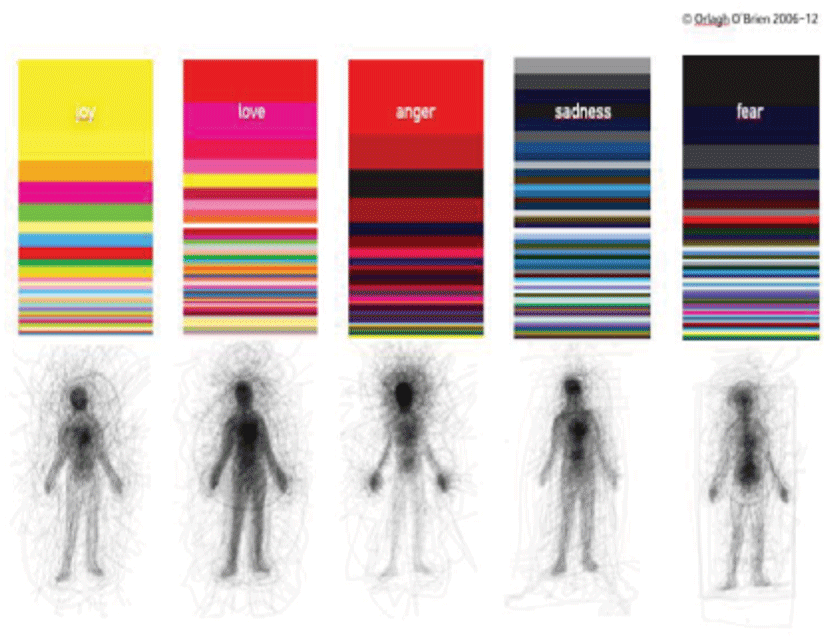
III. EMOTIONAL OBJECT STORY TELLING
The prototype emotional object has a character that pretends to be disgusted when someone approaches, but actually likes it in its deep inside.
It has a head and a body based on the Balanced Arm Lamp [3].
Two methods were applied to the emotional object producing emotions for mutual sympathy. It is the movement based on color change of the light and kinetic art. It does not like loud noise and someone coming to it.
When something comes close to it, the color of the eyes changes according to each mood, and sometimes it goes back to have distance from the thing coming closer to it.
The emotional object responds to sounds sensitively. A gesture of surprise and blinking light at a loud noise. It expresses its uncomfortable feelings by shaking its head at a continuous loud sound.
Color is a language representing diverse psychology. Color change of light of the emotional object reflects the research results of communication designer Orlagh O’Brien and expresses emotion with eye color.
The emotional object expresses happiness in yellow, curiosity in magenta, depression (pretending to be angry or feeling frustrated) in blue, anger in red, and stability in green based on Orlagh O’Brien’s chart.
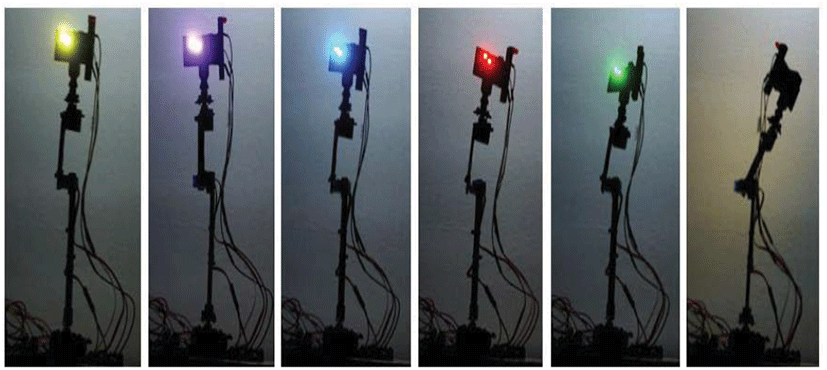
The second choice of emotion expression is movement. Among many body languages such as dancing, acting and psychology, the emotional object uses dropping head, moving body backward, shy body twist and pouting. When it expresses disgust at extremely loud noise, it performs head banging 8 times. It expresses its emotion with fast or slow movement.
Individual lives of modern people are being destroyed and alienated because of the indiscreet expansion of the city. For alienated humans, ‘light’ is a medium of communication and information delivery as well as medium of healing.
The power and formality of light is a medium for producing artistic concepts and a communication medium as a clear visual language.
Humans perceive things differently through the medium of light and make new imaginations of what is seen through the light. It can affect human internal psychology and external behavior.
The emotional object in this study (color of light) expresses the emotional state of things in visual language so that human can get psychological comfort from the behavior to communicate with objects.
Emotional approach in the digitalization process of objects is the goal of this study and a useful research object on an alienated person.
V. DEVELOPMENT WORKS
We selected auditory and visual perception from five senses of human beings. We used an IR (infrared) proximity sensor for sight, and SparkFun’s microphone sensor for hearing
The IR proximity sensor transmits light through a photo-trigonometric method unlike an ultrasonic sensor. It measures the angles with the focus and calculates a value using the triangle geometry in the condition that the two receiving eyes have the focus. SparkFun’s microphone analog sound sensor is an OPA334 module that amplifies voice sound 100 times. Neo-pixel LEDs control various colors and brightness to express emotions according to the data values through the two sensors. To represent movements, three motors are installed at the neck, waist and body to express the movement of the emotional object. The emotional object is implemented as Arduino, a board completed with an open source based microcontroller.
The body of the emotional object is made up of 3D printed materials and LEGO blocks. For 3D modeling, ‘ThikerCad’ by Autodesk was used.
Five volt constant voltage power is supplied to three motors and two neo-pixels of the emotional object through the 7805 Linear Ball Racing Regulator. It was designed to supply 11v to Arduino through power jack and VIN pin (11V). To embody the emotional story of an emotional object, you must control the movement of three motors simultaneously or individually and control them slowly or quickly. As Arduino basically does not support multitasking, it has been subjected to a lot of tests such as how to control the sensor value to be read and how to control the motor. As a result, the work proceeds in sequential progression of the code read by Arduino in a loop.
[Configuration Components of the Emotional Object]
-
An Arduino Uno board acting as her brain/heart
-
Three micro servos, acting as joints
-
Two Neo-Pixel mini cells, acting as eyes
-
A sound sensor, acting as ears
-
A IR proximity sensor, acting as a spatial sense
-
A 11v 600mA battery, the food source
-
A rocker switch
-
Lego
-
3D printer to make the skeleton
-
7805 linear voltage regulator
-
100uF capacitor
-
1000uF capacitor
-
470ohm resistor
-
breadboard
Figure 8 is the core coding part, which has the following content.
-
①. It is basically impossible to move three servo motors at the same time in Arduino. For the precise control, we used writeMicroseconds ( ) instead of write ( ). As the motor 1 performs its work again in the loop until it reaches the target value although motors run a step at a time, the three motors appear to move at the same time resultantly.
-
②. It is designed to have elements that can control speed with three target positions on three motors. In the target position, it was set to have 600 ~ 2400ms at the start and the end of the motor, and the servo motor speed was set from 0.0 to 5.0. But in the test, it seems that speed up to 1.0 was enough. For example, it had slow and smooth movement when it was 0.05, meaning it showed better movement when the speed was closer to 0.
-
③. Neo-pixel library was basically used to control eye color, brightness, and blink rate according to emotion. The eye color is converted by counting the number of repetitions of the input device.
-
④. For the color and dimming, setEyesColor( ) and dimmer( ) functions were used.
-
⑤. The proximity sensor had a recognition range of 2 ~ 10cm. The proximity sensor worked smoothly when the recognition start point was set to be 3 cm. In the case of a microphone sound sensor, the value is set to be > 1000 in order to eliminate noise interference.
IV. CONCLUSION
In the era of ultra-connection, we need a new understanding of the physical world in the reality as virtual reality and actual reality coexist in a world in this era. The emotional approach to digitized objects will be a meaningful creative activity in the new era of ultra-connection. Therefore, this study expects emotional objects to be friendlier as a medium of communication in accordance with the purpose of emotional interactions between humans and objects. For future studies, it is recommended to overcome the limitations of space by interacting with objects through IoT (Internet of the Things) and to study objects as things that can be learned and the forms of emotional objects that are friendlier to human emotions.








